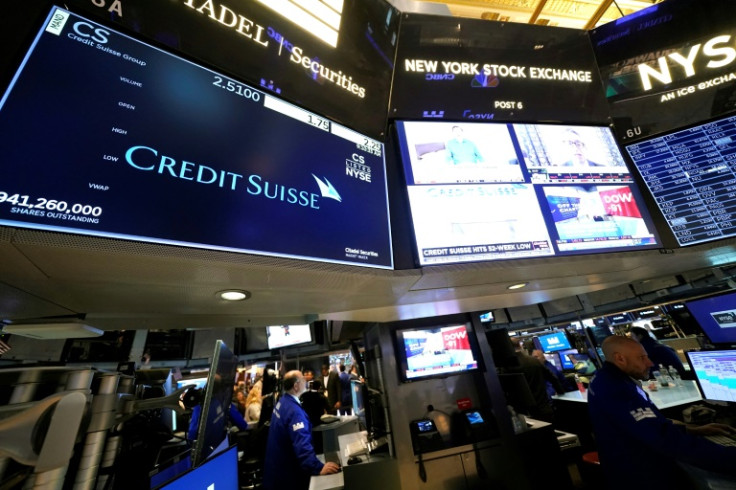Stocks Rode A Year Of A Resilient Economy – What Is The Next Catalyst?

U.S. stocks have been riding a year of a resilient economy that soured recession bets and rewarded economic recovery bets. But they need a new catalyst to keep the rally going.
Twelve months ago, Wall Street was trading on the narrative that the U.S. economy will slide into a full-blown recession for the rest of the year.
Thanks to tight monetary policy and higher short-term interest rates that usually take their toll on cyclical sectors. It's a playbook that leads to negative economic growth, job losses and rising unemployment, eventually ending with monetary easing and lower interest rates.
That's why the widespread trade was to allocate funds to assets that fare well in recessions, like long-maturity bonds and defensive sectors and shed cyclical sectors, as reflected in the valuations of the three asset classes at that time.
For instance, in early August of 2022, the benchmark 10-year Treasury bond was trading with a yield of around 2.90%. In addition, the Dow Jones Utility Average Index, a typical gauge of the performance of defensive sectors, was trading at a hefty PE Ratio of 28.39, while the Dow Jones Industrial Average, a standard gauge of the performance of cyclical stocks, was trading at a moderate PE of 19.36.
The trouble for Wall Street's gloom and doom investors is that the U.S. economy didn't slide into recession over the next 12 months.
Instead, it remained resilient. In the last two quarters of 2022, it grew at an annual rate of 3.2% and 2.6%, respectively, followed by a 2% rise in the first quarter of 2023 and a 2.4% rise in the second quarter of 2023.
Thanks to a hot jobs market and robust consumer spending in the service sectors that benefited the most from the opening of the economy in the aftermath of the COVID-19 pandemic and a rise in government spending.
A resilient economy soured recession bets and rewarded economic recovery bets, as it steered new money into cyclical sectors and away from noncyclical sectors like utilities and long-maturity bonds.
That's reflected in the valuations of these classes of assets. In the first week of August 2023, the 10-year U.S. Treasury bond was trading with a maturity of above 4%, more than 40% higher than a year ago. In addition, the Dow Jones Utility Index was trading with a PE of 20.79, roughly 35% below where it was a year ago, while the Dow Jones Industrial Index was trading with a PE of 25.53, more than 20% higher than it was trading a year ago.
But the resilient economy trade has stopped recently, with all major equity averages in a correction mode, searching for a new catalyst to set a new direction.
What would that catalyst be?
Sonu Varghese, vice president and global macro strategist at Carson Group, still believes in a resilient economy, thanks to a resilient jobs market. "Strong employment and strong wage growth mean income growth is still strong, which is positive for consumption and the economy, as long as inflationary pressure remains muted," he told International Business Times.
Rod Skyles, blogger with The Unconventional Economist, believes the resilient job market is good and bad news for stocks. "If the economy slows down too much, earnings will be affected, and what many see as an overvalued overall market could see small to significant price declines, depending on the depth of the slowdown," he told IBT.
"But if a slightly slowing economy allows the Fed to ease, this is a major catalyst to stocks either retaining value or the indices moving even higher," Skyles added. "The loosening of monetary policy, both on the interest rate and money supply side, will help consumers have more money to spend, allow corporations to hold down borrowing costs, and offer more access to capital for stability and growth of their balance sheets."
Robert R. Johnson, Ph.D., CFA, CAIA, professor of finance at Heider College of Business, Creighton University, believes that the Fed is the next catalyst for stocks. "The slightly lighter-than-expected jobs report shows that the economy appears to be cooling," he told IBT. "If that is the case, it might give the data-driven Fed the evidence it needs to pause rate hikes — or even consider lowering rates. As has been the case for the last several years, all eyes are on the Fed."
© Copyright IBTimes 2024. All rights reserved.






















